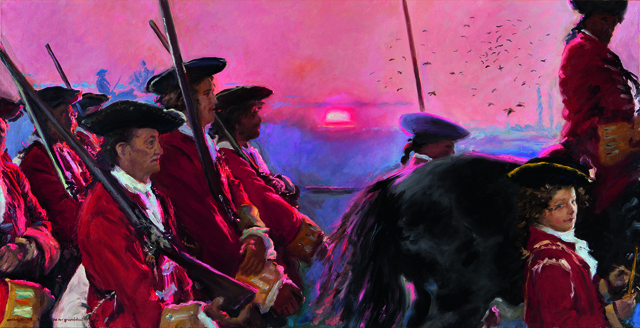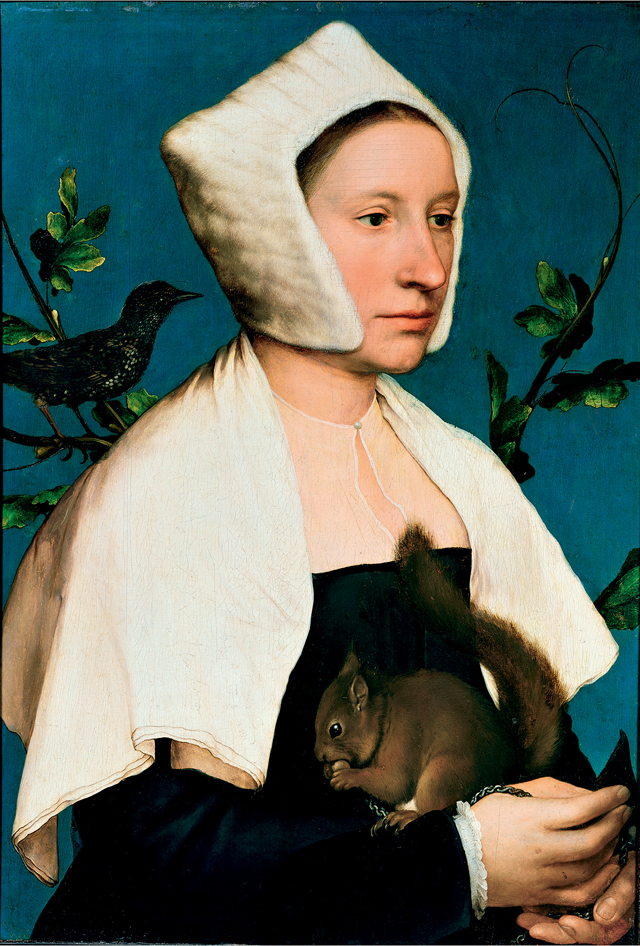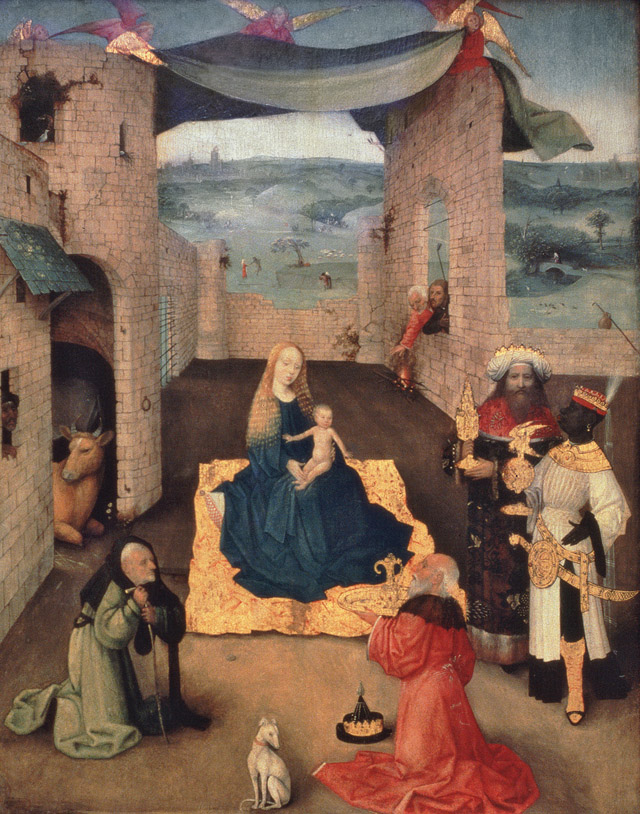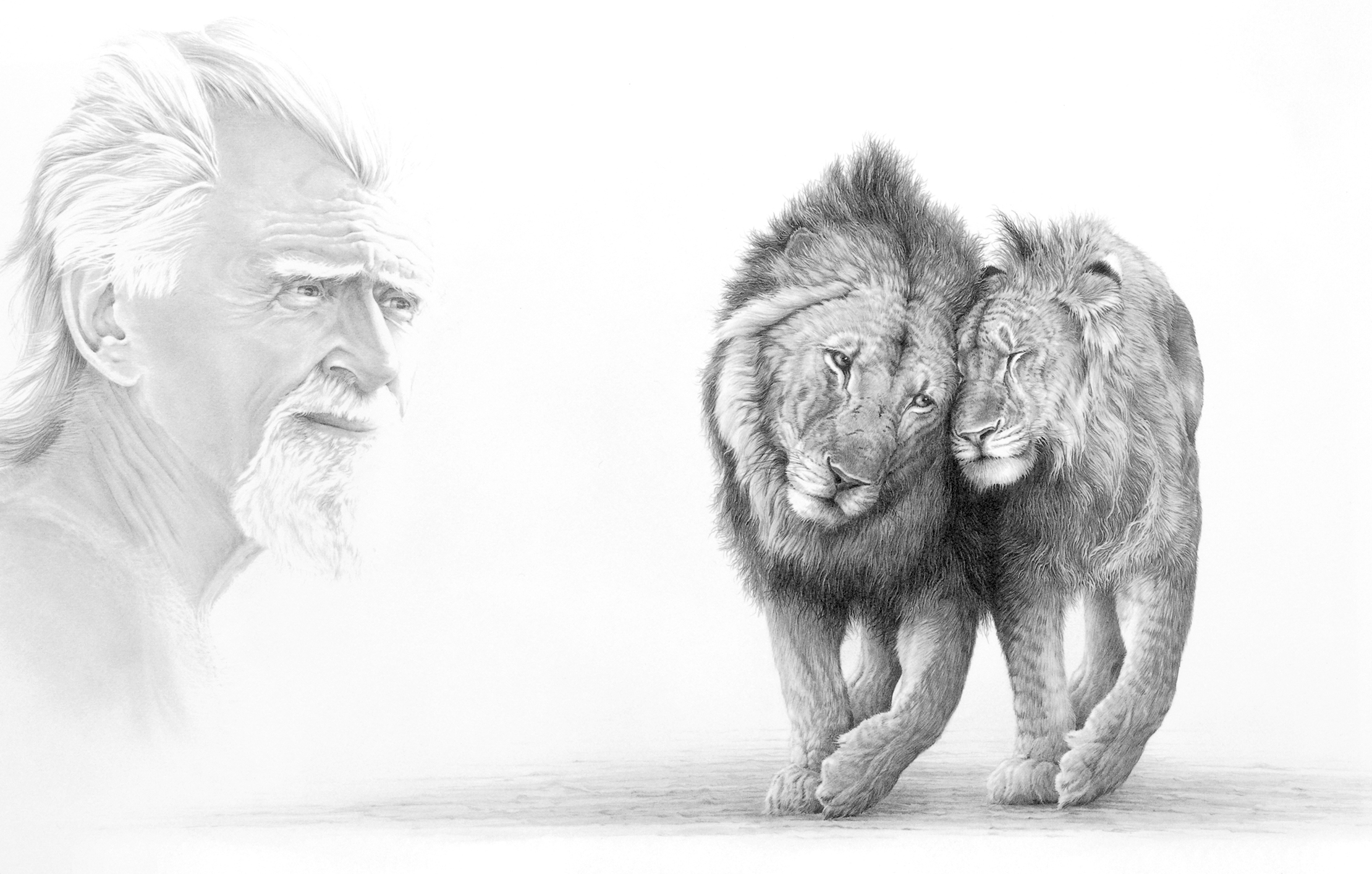My favourite painting: Robert Hardy
Robert Hardy chooses his favourite painting for Country Life.


Marlborough's March to the Danube 1704 (And we reached our ground about nine), 2014, by Howard J. Morgan (b.1949), 80in by 40in, Collection: Noel Lamb.
Robert Hardy says: ‘Luckily for me, I have been a friend of the remarkable Howard Morgan for many years and allowed to talk about his paintings, even make a suggestion occasionally. Were he less honest, modest, less powerful a painter, even less Celtic, he might well toss his head at intrusions, but he does not, although he surely goes his own way. When I heard of his new project to do this painting, I said he must get someone to film it as it grew, and so it happened. When I saw it in late stages, I dared to suggest an explosion of crows, startled at the noise and colour, and perhaps a glint from the dawn sun on a sword-hilt. They happened. He “paints what he sees” and what he sees is thrillingly evocative.’
Robert Hardy is an actor, best known for his role in All Creatures Great and Small and for his many portrayals of Sir Winston Churchill.
John McEwen comments: Howard Morgan is best known for his portraits, with The Queen among his royal sitters. His friendship with the actor dates back 30 years: ‘It was Robert Hardy who first suggested I film the process of the painting of Marlborough’s March to the Danube and went further and suggested the inclusion of the melee of crows.’
The long march to the Danube was the most fabled incident of the War of the Spanish Succession (1701–14), with France, the era’s superpower under Louis XIV, and Bavaria pitted against a Grand Alliance of European states under overall command of the 50-year-old Earl (Duke from 1702) of Marlborough. The cause of war was the disputed inheritance to the Spanish crown, which had global repercussions as it also determined the future of the Americas and the colonies of the Far East.
‘The annals of the British Army contain no more heroic episode than this march from the North Sea to the Danube,’ wrote Marlborough’s descendant, Sir Winston Churchill. ‘A scarlet caterpillar, upon which all eyes were at once fixed, began to crawl steadfastly day by day across the map of Europe, dragging the whole war along with it.’ The caterpillar consisted of 40,000 men, ultimately rising to 60,000, who marched 250 miles to the Danube in the summer of 1704. Each day, they completed 12–14 miles between dawn and 9am. The triumphant result was victory at Blenheim on August 13.
The painting can currently be seen at the Fine Art Commissions Gallery, 34, Duke Street, London SW1.
Exquisite houses, the beauty of Nature, and how to get the most from your life, straight to your inbox.
This article was originally published in Country Life, January 14, 2015
More from the My Favourite Painting Series

My favourite painting: Neil MacGregor
Neil MacGregor chooses his favourite painting for Country Life.

Credit: Stephen Conroy
My favourite painting: Val McDermid
Val McDermid chooses her favourite painting for Country Life.

Credit: www.bridgemanimages.com
My favourite painting: John Rutter
John Rutter chooses his favourite painting for Country Life.

My favourite painting: Virginia McKenna
Virginia McKenna chooses her favourite painting for Country Life.

My favourite painting: Neil MacGregor
Neil MacGregor chooses his favourite painting for Country Life.

Credit: Stephen Conroy
My favourite painting: Val McDermid
Val McDermid chooses her favourite painting for Country Life.

Credit: www.bridgemanimages.com
My favourite painting: John Rutter
John Rutter chooses his favourite painting for Country Life.

My favourite painting: Virginia McKenna
Virginia McKenna chooses her favourite painting for Country Life.
Country Life is unlike any other magazine: the only glossy weekly on the newsstand and the only magazine that has been guest-edited by His Majesty The King not once, but twice. It is a celebration of modern rural life and all its diverse joys and pleasures — that was first published in Queen Victoria's Diamond Jubilee year. Our eclectic mixture of witty and informative content — from the most up-to-date property news and commentary and a coveted glimpse inside some of the UK's best houses and gardens, to gardening, the arts and interior design, written by experts in their field — still cannot be found in print or online, anywhere else.
